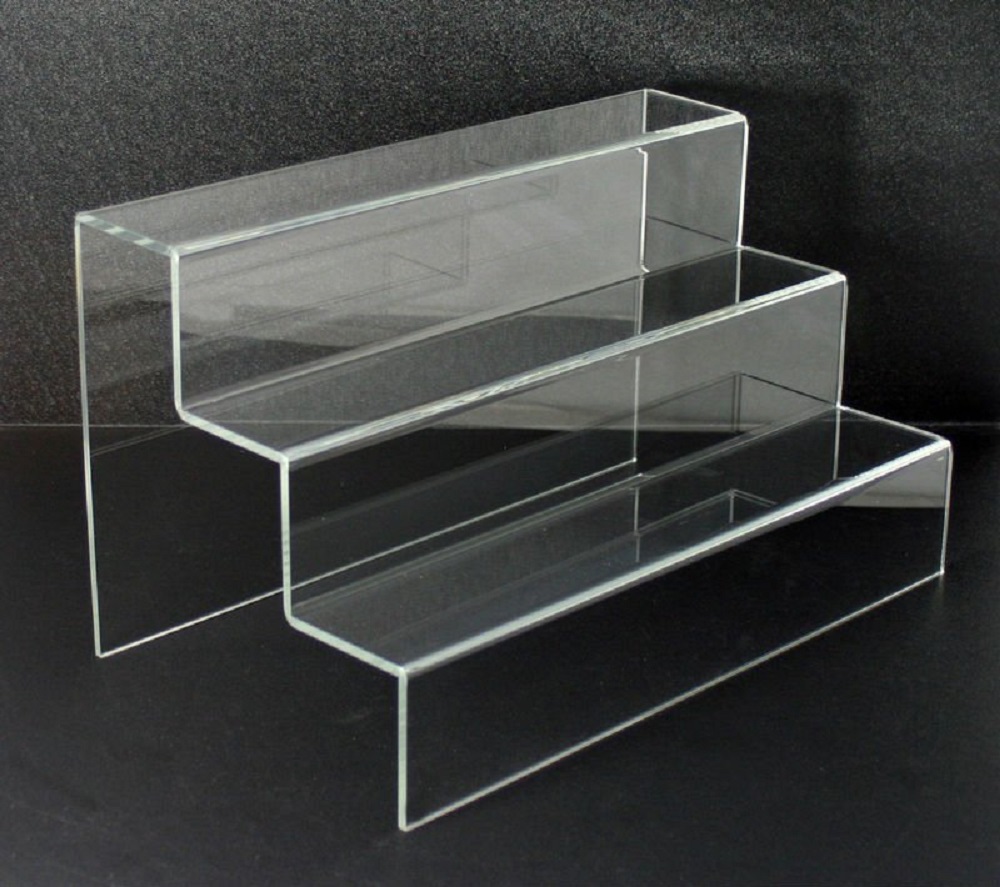So why even decide to produce plastic products? For starters, plastic production generally has the benefit of having relatively fast completion times, and in contrast to most materials there is also the option of colouring plastic prior to manufacturing, instead of after. It’s significant malleability means that it possesses a reasonably low melting temperature, and it’s also more lightweight than many other resources – both of these factors simplify the production process. Furthermore, plastic materials are comparatively inert and thus possess higher chemical resistance. Even with all of these positives, plastic is however not suitable for uses that necessitate a very high structural integrity, and it is incredibly susceptible to depreciation in the long-term. display developments is regarded as a website that is loaded with lots of up to date knowledge about bespoke acrylic shapes. There’s lots of perspex machining Uk internet sites in the united kingdom, should you be looking for more info or perhaps even values this url is a great place to start perspex sheet fabrication. If you’re looking into considerably more details associated with plastic prototyping companies this specific internet site plastic material development contains quite a few more pages related to plastic fab and forming. This url www.displaydevelopments.co.uk/bespoke-manufacturing offers quite a bit more info on the topic of prototyping with plastic.
CNC Machining
CNC machining is a computer controlled subtractive process, that removes material from plastic in order to create the chosen form. The computer is high-tech, with the ability to change a model into figures using a computer aided design computer software program. The figures are then competent to operate the machine to cut the desired shape. To set up, the machines require an intermediate step in the development and validation of tool paths. When the machine receives the tool paths, the subtractive process is launched. Once the construction is complete, the component part is cleaned, smoothed, and cut.
For low volume plastic component applications that need tight tolerances and shapes which are tricky to mould, machining is appropriate. CNC machining also offers low to moderate initial costs, and can also generate premium quality plastic pieces with limited completion times. Even so, with an increase of product complexity, the charge per element boosts. Furthermore, the process requires tool access considerations, and specific designs, for instance those with spherical interior channels, are near-impossible to make using CNC manufacturing.
Introduction To Vacuum Formation
Vacuum formation is a procedure through which plastic is heated up and moulded, typically working with a mould. The enormity and sophistication of vacuum-forming machines range between low priced desktop technology to innovative production machinery.
It is usually suitable for any task, from made to order designs to large-scale manufacturing, taking into consideration the large range of machinery available and that also automation is undoubtedly an option if required. Even so, there’s little freedom in the types of shape it can produce, and is also unfortunately only able to build parts with simple geometries. When compared with various other methods, tooling prices are low, since vacuum formation merely requires low forces and pressures. Normally, for small manufacturing sizes the moulds are created from Three-dimensional printed resin, or even plaster, and for greater development sizes more durable equipment made of metal is used.
The manufacturing process commences with a sheet of plastic material getting clamped and heated up until the plastic becomes mouldable. The plastic will then be put into the mould and chilled, and often fans and other chilling techniques are utilised in order to speed up the cooling process. The ultimate stage entails any surplus plastic being taken off.

